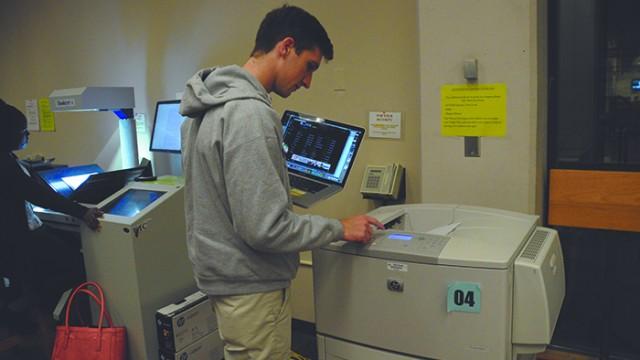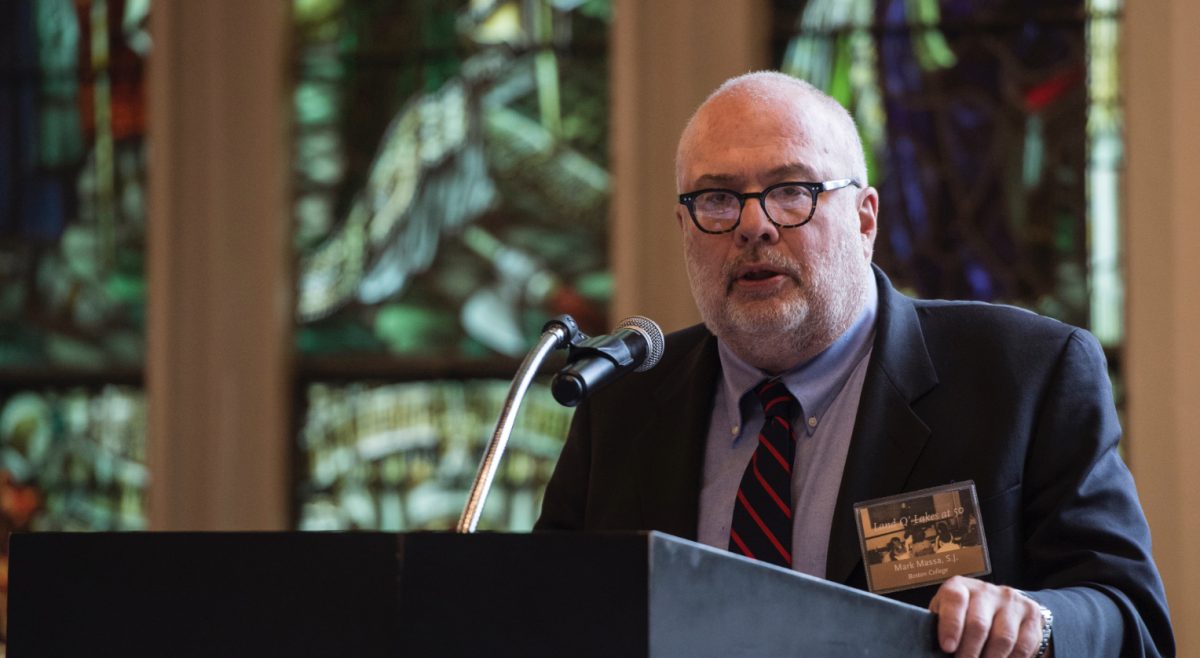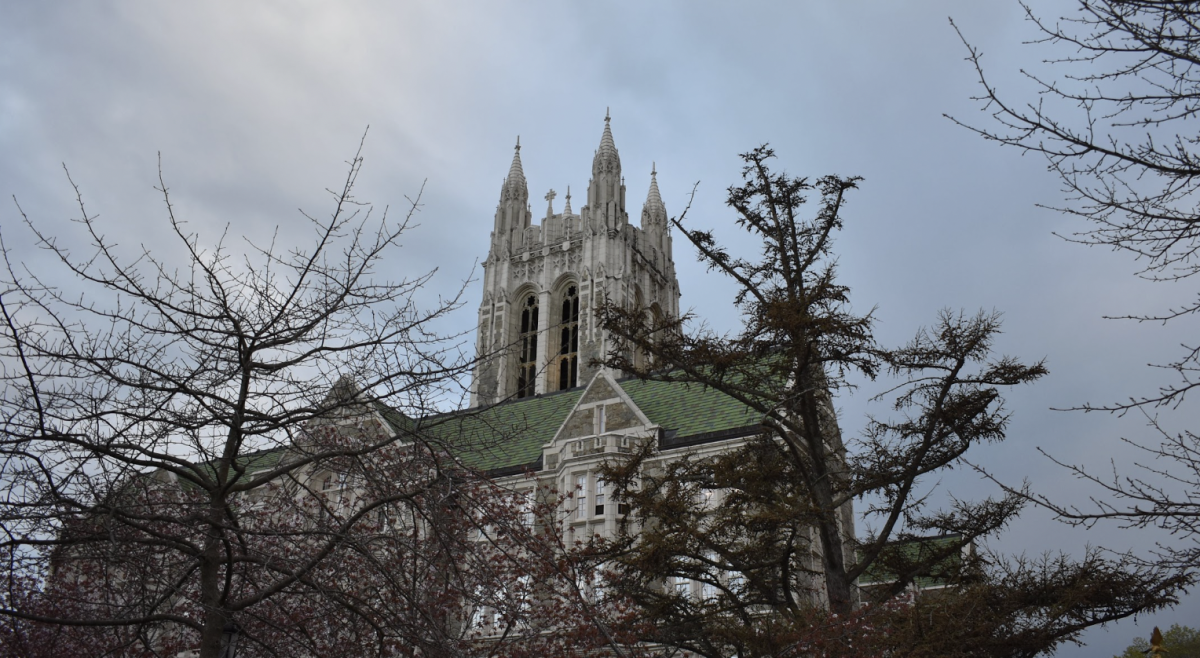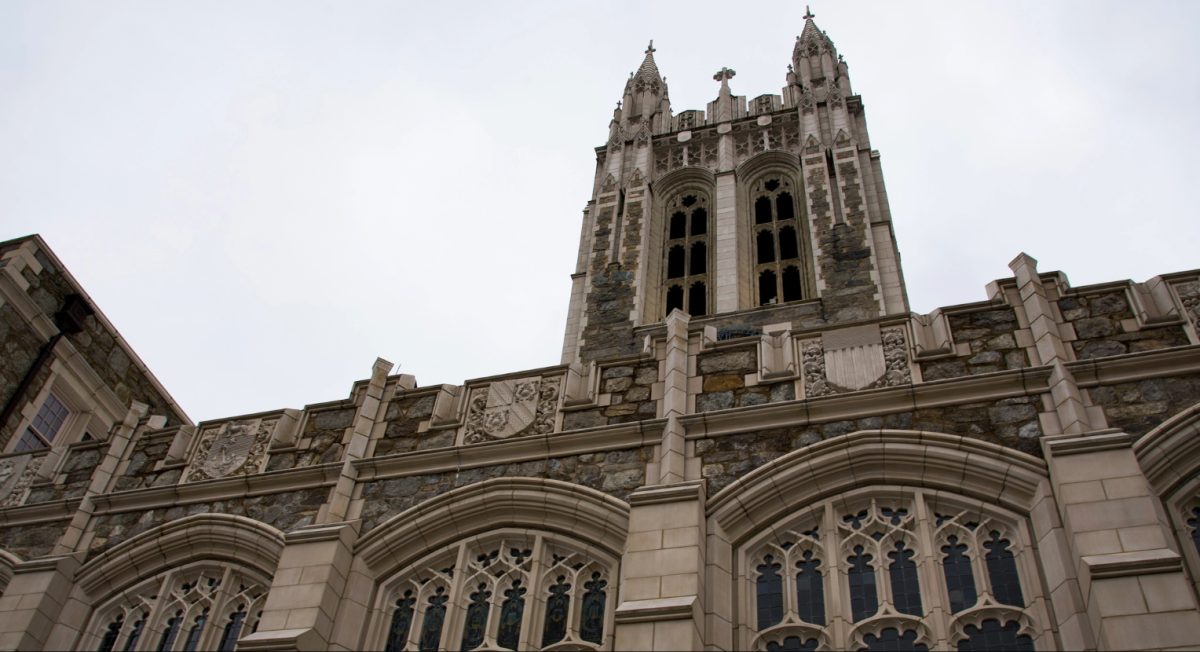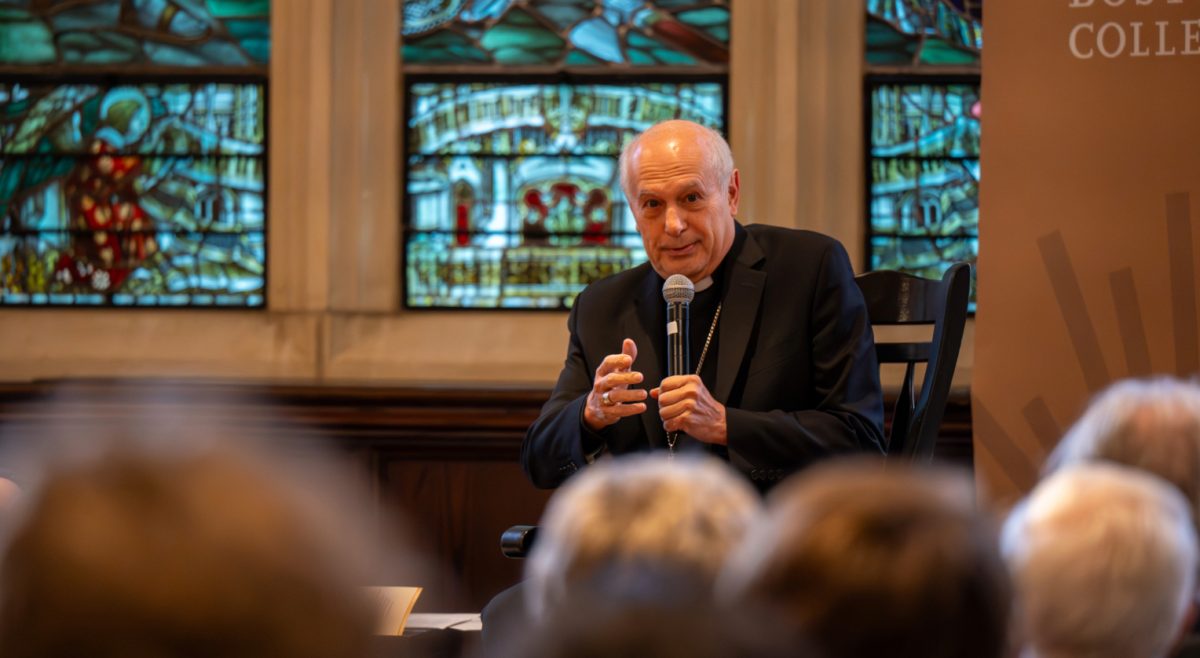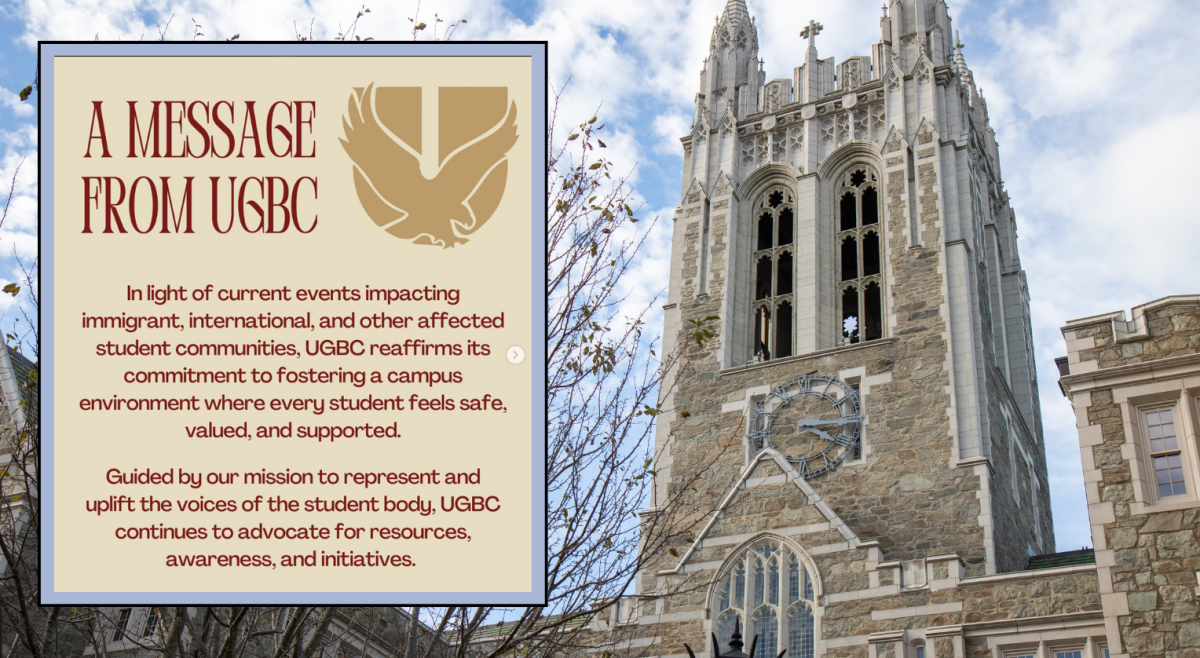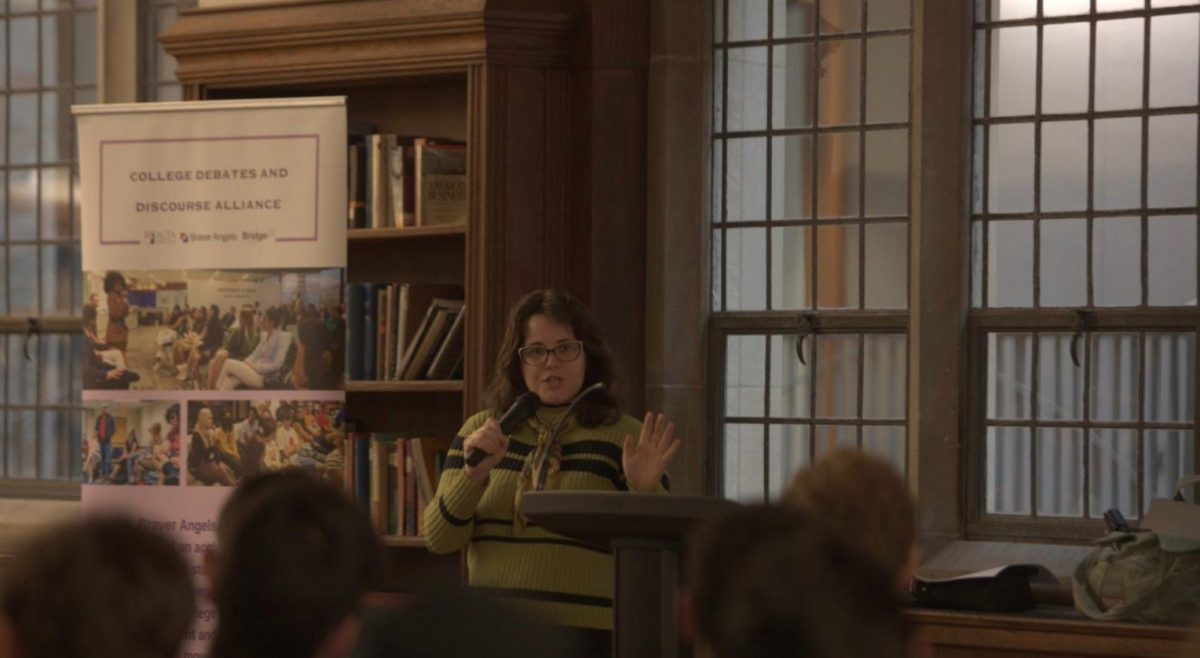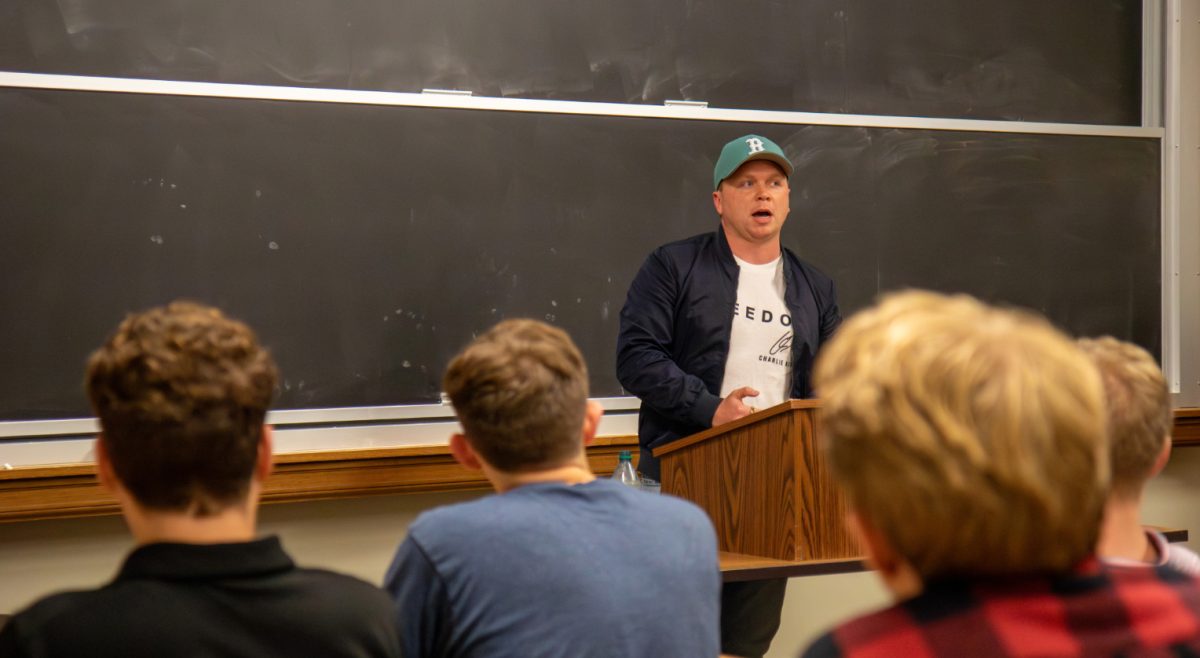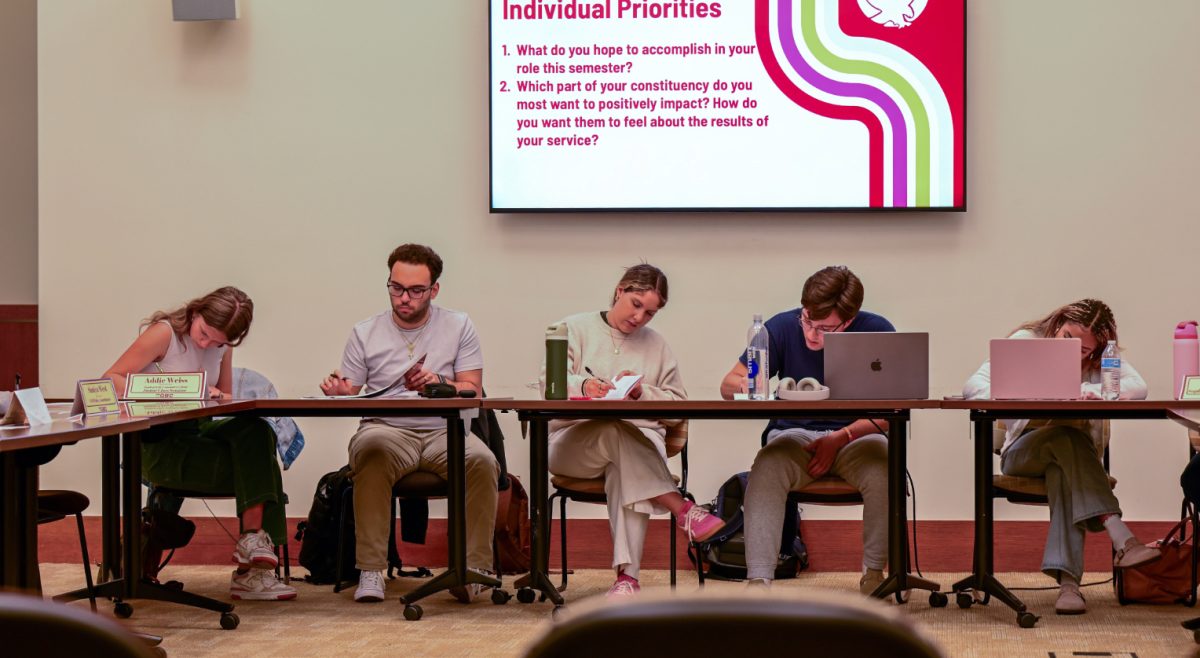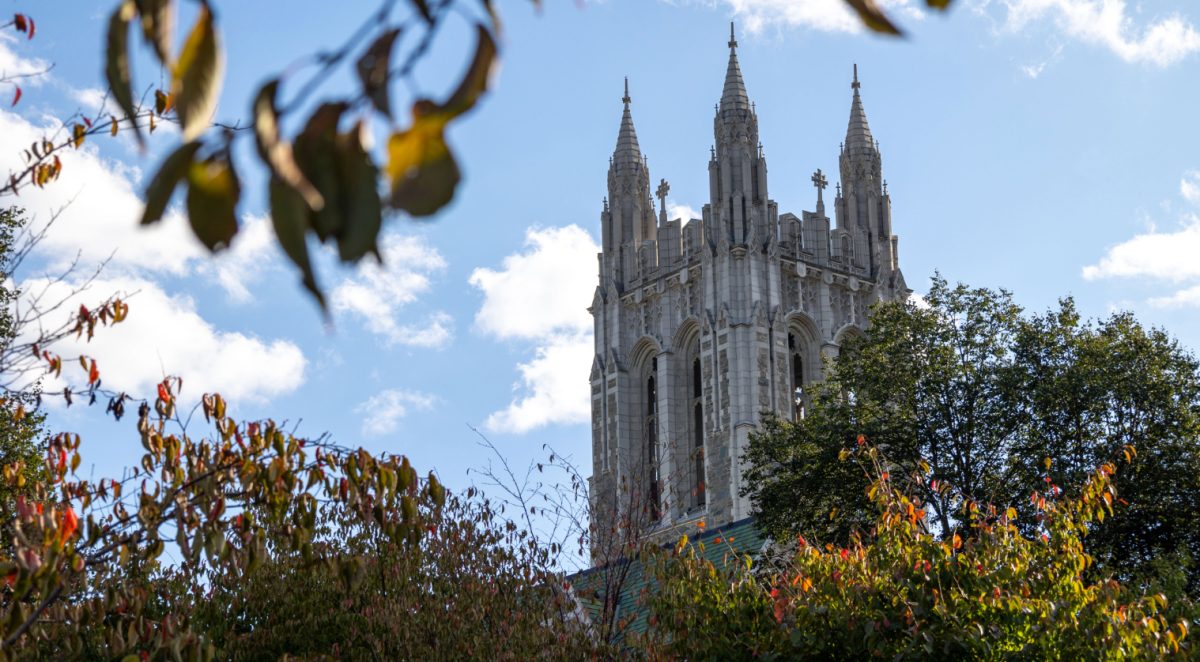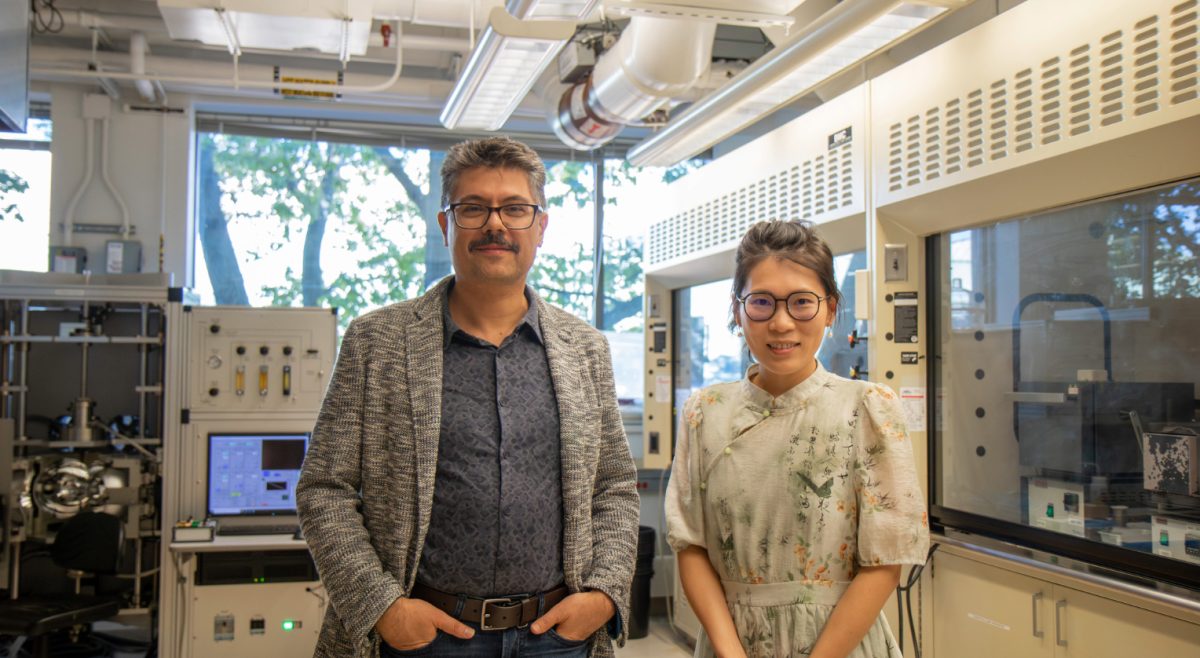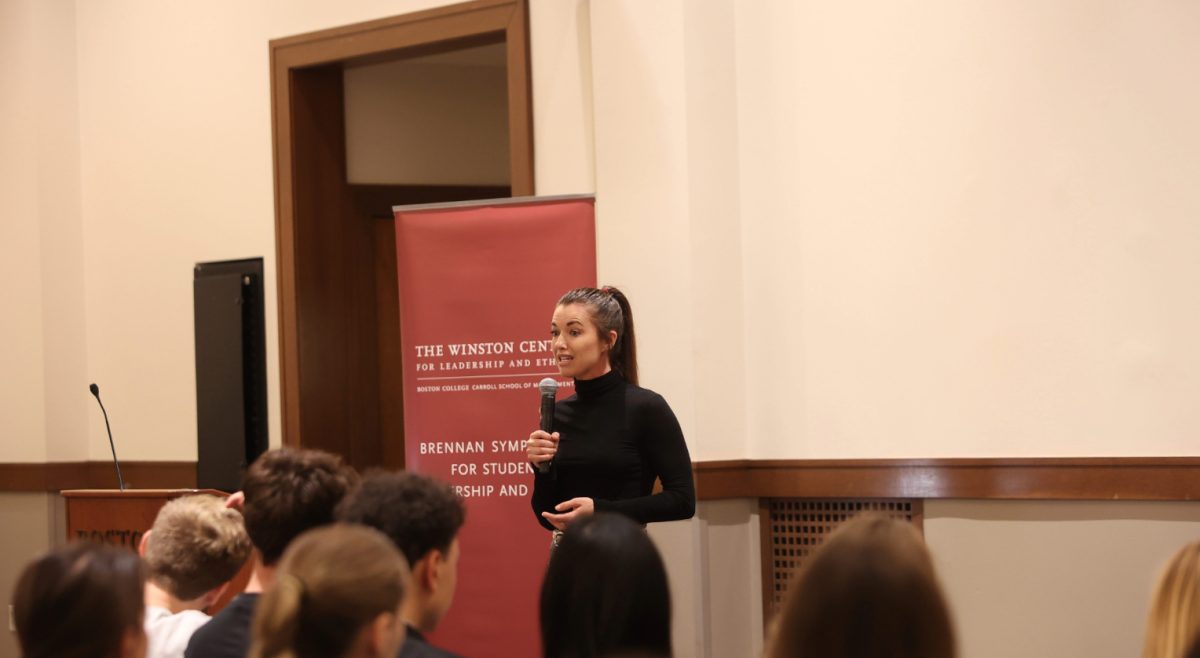Faced with a surge in the number of pages printed on campus and more frequent brown-outs among printing machines on the third floor of O’Neill Library, University Librarian Thomas Wall is working to address printing issues throughout campus, alongside Associate University Librarian for Instruction Scott Britton and Technology Director for Support Services in Information Technology Services (ITS) Scott Cann.
Since the closing of the Campus Technology Resource Center (CTRC) over the summer, the University has relocated the printers formerly located in the CTRC throughout O’Neill, and is slated to increase the overall number of printers across campus by two, according to Cann.
“In one sense, what we did was take the capacity in the CTRC that was being used and simply relocated it elsewhere in O’Neill,” Cann said. “I can definitely understand the perception that the CTRC closed and with it the printers, but that’s not the case.
“In addition to the printers that came out of the CTRC that found their way elsewhere, we’re adding two more as of Friday,” he said. “So, things should calm down and sort of settle down by Friday, as far as we can tell.”
Now, students can utilize additional printers on the first floor of O’Neill, and in a newly created digital media studio in O’Neill 205—a developing room for students that features services similar to those previously offered in the CTRC. Despite the room being open to students, its services have not been formally announced by the University due to it being a soft-launch space that the library is continually working to improve, according to Wall.
Among other issues discovered was a 4.5 percent increase in the number of pages printed within the first two weeks compared to last year, which is presumed by the library to be one of the biggest causes of printer malfunctions, resulting in growing lines on the third floor of O’Neill.
“The thing that was most surprising—and this is a campus-wide problem—is the amount of printing,” Wall said. “You would think we’re in a digital world, but we printed out for the first two weeks of the semester almost 800,000 pages down there.”
The abnormal printer usage has also put stress on the facilities’ electrical infrastructure, which Wall and ITS have already scheduled maintenance for this week by installing additional circuits on the third floor of O’Neill Noticing developing lines throughout the day along the third floor of O’Neill, Wall and ITS began using analytics of printer usage and student traffic to determine how printers should be dispersed throughout campus libraries, and are working to increase tech support at printer help desks to address student concerns immediately.
“We realized there was an issue at the end of last week, and then we started to do an assessment of what are the issues, diagnostically trying to figure out what’s happening,” Wall said. “We had really good support and collaboration with both [Office of Information Technology] and the library … and we’ve always worked well together.
“You basically have two cultures [library services and ITS], or two organizations, coming together and collaborating to create a suite of services over here in O’Neill, which has a lot of technology support now, a lot of printing, better services,” Wall said. “We should be meeting all your academic needs within this building now—that’s the vision. That’s what we’re trying to do.”
Prior to Wall’s joining Boston College, O’Neill did not include the current third-floor reading room on the north side of the library or the first-floor study area, and only opened its doors to student at 8:30 a.m.—a major concern for Wall. During his first week, Wall mandated that O’Neill open at 7 a.m., and within six years has created additional study spaces and media services throughout O’Neill library. There now also exists a fully functional, American Disabilities Act (ADA) compliant door that connects the second floor spaces of O’Neill.
“We’re trying to be proactive about and get ahead of the potential problems that might happen again,” Wall said. “Hopefully we got it under control now.”
Featured Image by Emily Fahey / Heights Editor

